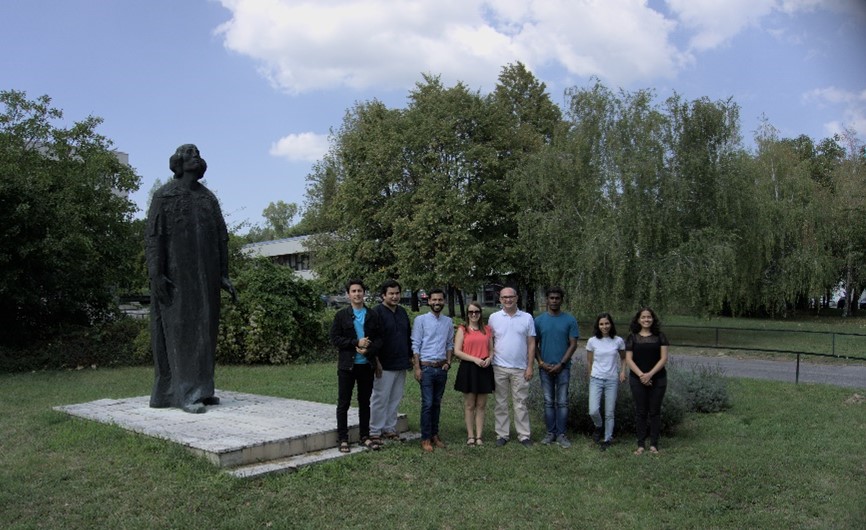Home » About EUROfusion » Consortium Members » Slovakia
The Comenius University (CU) of Bratislava is a modern European university which in 2019 celebrated its 100th anniversary. It is the only Slovak university to be regularly placed in the international rankings of the best universities in the world. With thirteen faculties, it offers the widest selection of study programmes in a wide range of areas of human knowledge (medicine, humanities and social sciences, natural sciences, mathematics, theology, and much more). But it is also a research institution that runs hundreds of domestic and international research projects. It coordinates the Slovak Fusion Research Unit and its participation in the European Fusion Programme, being education and training of young researchers a main focus. Major topics are measurements and experiments on first wall and divertor samples, both lab-made or real from tokamaks around the world, performing quantitative and depth profile analyses.
The CU gathers a total of 4426 staff, including 2163 university teachers and 363 researchers. About 15 staff researchers, technicians, Ph.D. candidates and post-docs are engaged in fusion research.
The research group of Prof. Veis at the Faculty of Mathematics, Physics and Informatics (FMFI) has participated in analyses of plasma-facing components and fuel retention using the Laser-Induced Breakdown Spectroscopy (LIBS) technique within the Work Package Plasma-Facing Components (WP PFC), focused on the analysis of Be-coating and W substrates. Also, within the Work Packages Medium Sized Tokamak (WP MST2) and Divertor Tokamak Test facility – Liquid Metal Divertor (WP DTT1-LMD) we have analyzed samples with re-deposited lithium from a simulated liquid divertor target. In the new Horizon Europe programme, we will continue working in this research line within the Work Package Plasma-Wall Interactions and Exhaust (WP PWIE).
The theoretical chemistry group at the faculty of Natural Sciences participated in the Work Package Heating and Current Drive with the modelling of Cs chemistry at molybdenum surfaces Mo(001), Mo(110) and studied the effect of impurities (H2, N2 and O2) on Cs work function. In addition, the emission/absorption UV/VIS spectra of possible binary compounds like CsH, CsH+, CsO, CsO+ or CsO- have been modelled.
The research group at the Institute of Electrical Engineering of the Slovak Academy of Sciences is active in the investigation of a possible use of high-temperature superconducting materials in the magnetic system of DEMO. In FP8 it participated in the Work Package ENR-PRD.MAG with detailed characterization of the commercial conductors containing REBCO superconductor. In FP9 it is involved in the Work Package PRD‑MAG with theoretical and experimental study of non-uniformity of these conductors.
